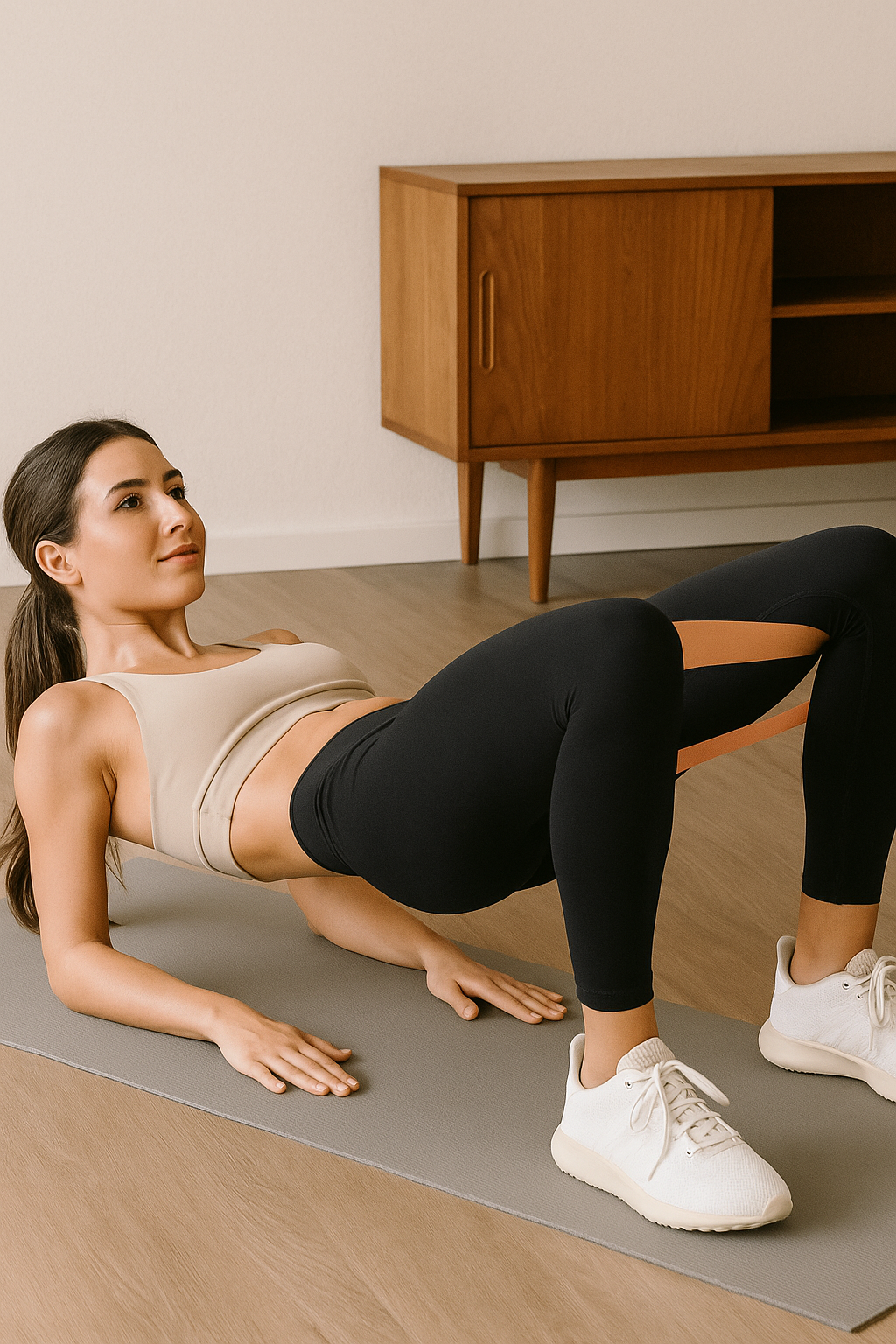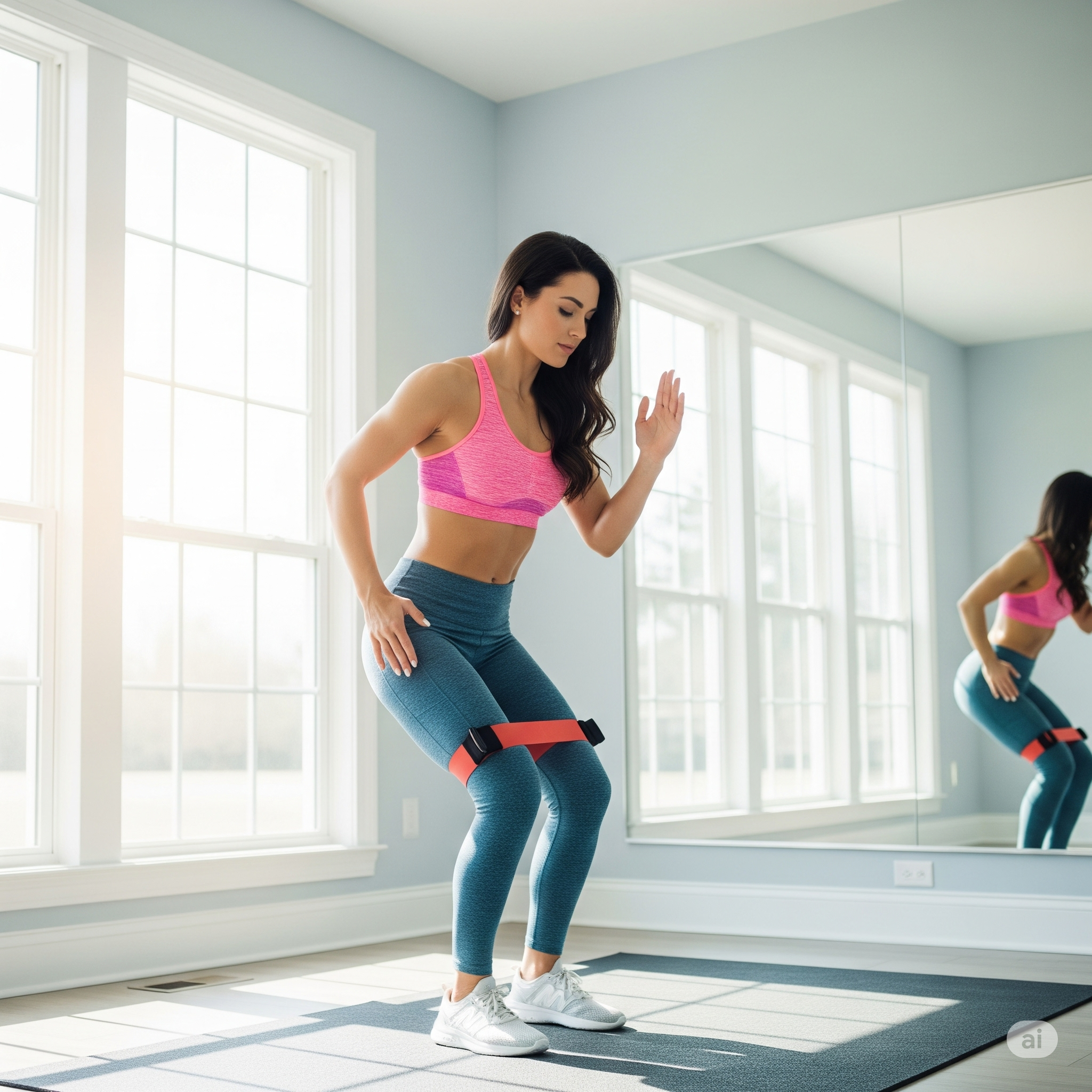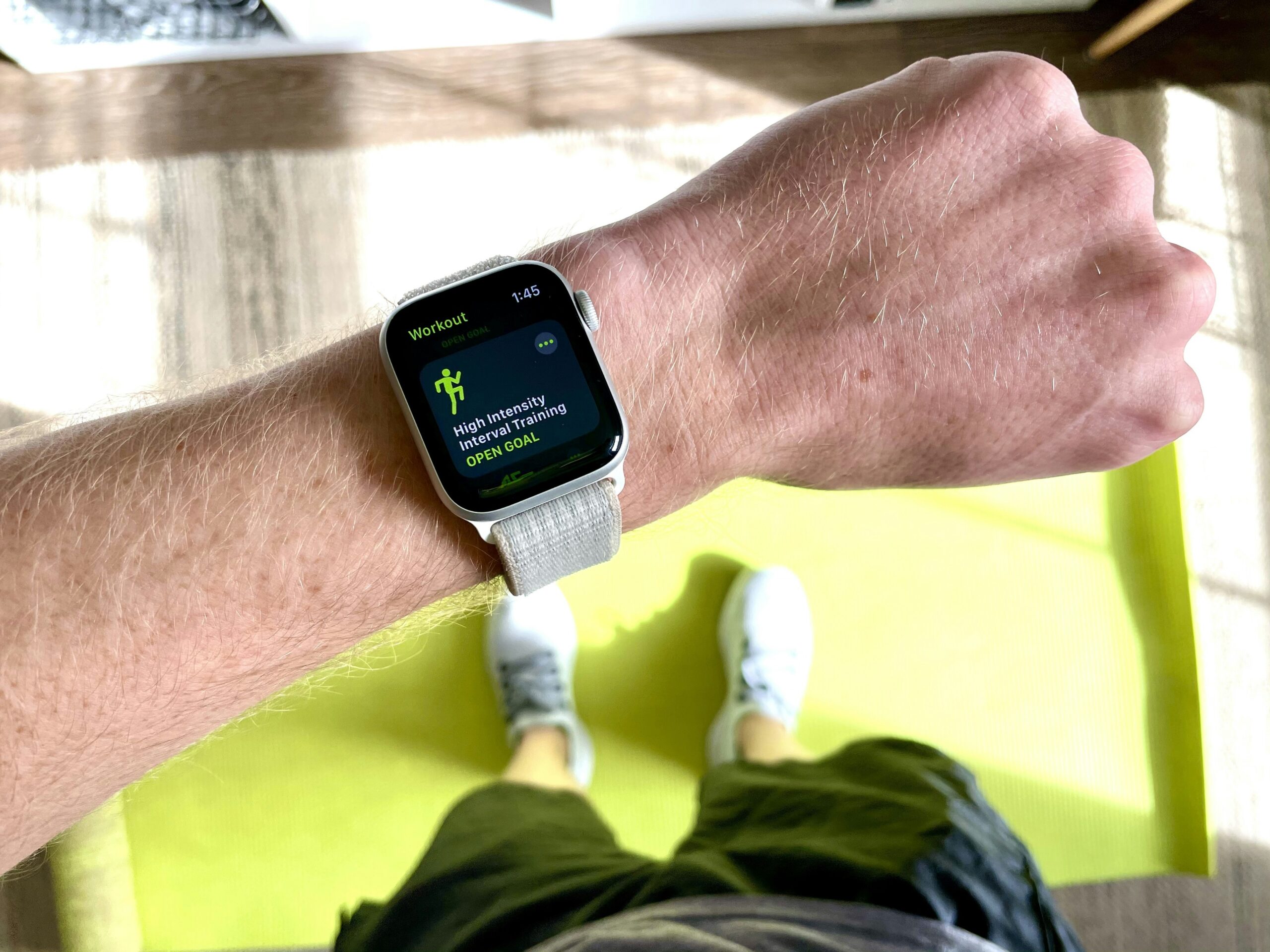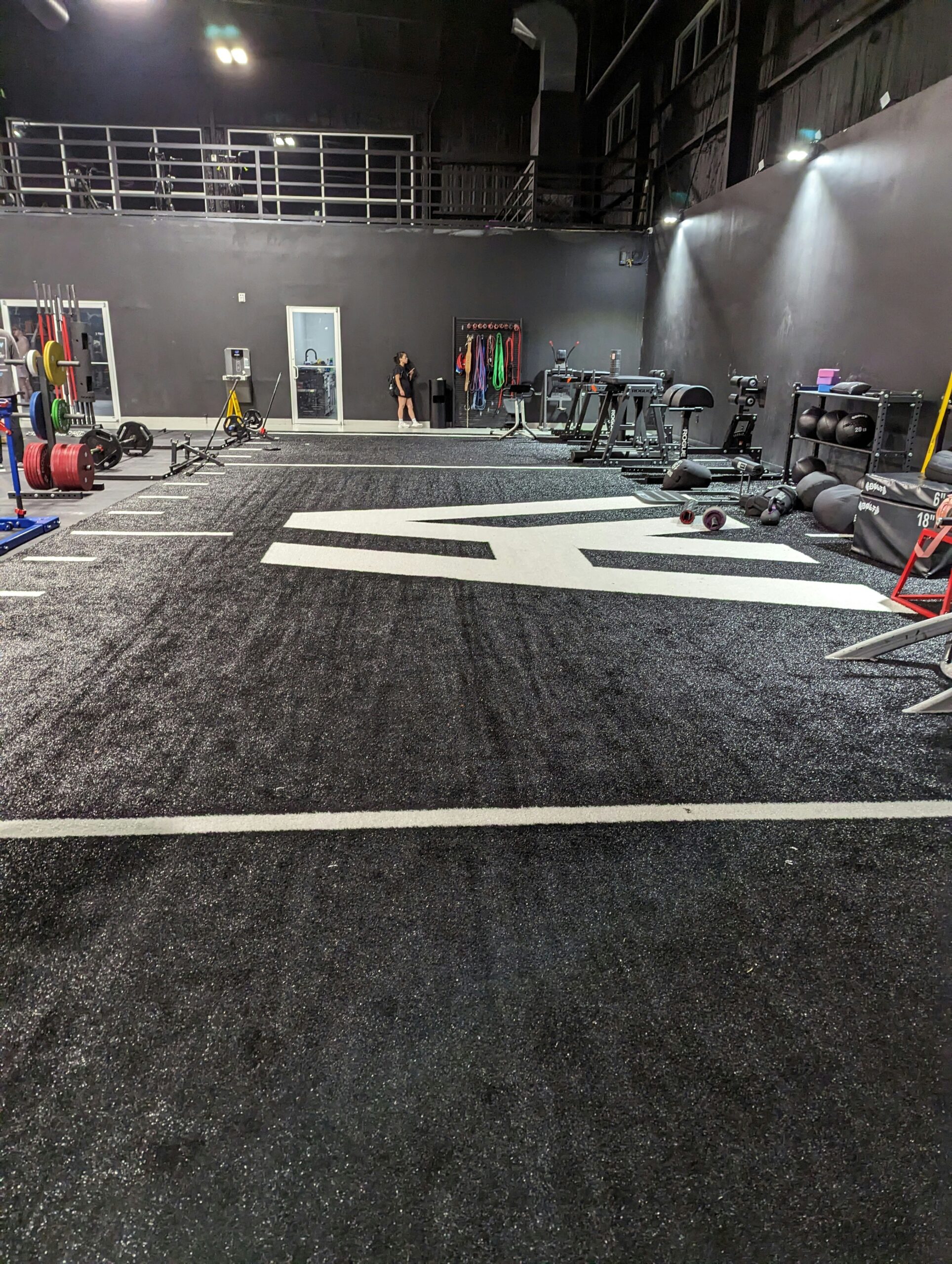Introduction to Glute Activation
Glute activation is an integral component of any effective leg workout routine, as it ensures that the gluteal muscles are fully engaged and prepared for intense physical activity. The glutes consist of three primary muscles: the gluteus maximus, gluteus medius, and gluteus minimus. Together, they play a significant role in stabilizing the pelvis, supporting hip mobility, and contributing to the power generated in various lower body movements such as squats, deadlifts, and lunges.
Engaging these muscles before a workout can help to enhance overall performance and prevent the risk of injury. Many individuals tend to rely on their quadriceps or hamstrings during leg exercises, often neglecting the glutes. Consequently, this can lead to muscle imbalances, resulting in lower back strain or knee pain. By focusing on glute activation, one can ensure that the muscles involved in leg exercises are optimally utilized, thus achieving better strength, balance, and coordination.
Moreover, proper glute activation can have an influence on athletic performance. The glutes are responsible for extending the hip joint, which is crucial for generating force during explosive movements such as jumping or sprinting. A well-activated glute will not only lead to greater power output but can also improve endurance during extended periods of physical activity.
As we explore the ultimate glute activation routine, it will set a foundation of understanding regarding the importance of this preparatory step. By prioritizing glute activation, both novice and experienced athletes alike can unlock their full potential and reap the benefits of well-executed leg workouts, leading to more effective training results.
Benefits of Activating the Glutes Before Leg Day
Activating the glutes prior to leg day workouts presents numerous advantages that enhance overall performance and safety during exercise. Firstly, proper glute activation optimizes muscle performance, enabling individuals to engage their posterior chain effectively. This engagement not only boosts the effectiveness of exercises such as squats and deadlifts but also ensures that the targeted muscles are adequately prepared for the workload ahead.
Moreover, glute activation dramatically improves overall stability. The glutes play a vital role in maintaining balance and stability during compound movements. Strong and activated glutes assist in stabilizing the pelvis and spine, which is crucial when performing heavy lifts. This stability allows for a more controlled and safer execution of movements, thereby reducing the risk of misalignment or improper form.
Additionally, activating the glutes can enhance power output. When the glute muscles are prepped and primed, they can produce more force during exercises, translating to improved performance. This is particularly beneficial for athletes and fitness enthusiasts aiming to increase their strength and explosiveness. Effective glute engagement contributes to more powerful hip extension, which is a key component in many athletic movements.
Furthermore, glute activation contributes to proper movement patterns during leg exercises. Poor movement mechanics are often a result of muscle imbalances, particularly when the glutes are underactive. By focusing on glute activation, individuals can correct these patterns, leading to improved technique and efficiency in exercises. This proactive approach not only enhances workout effectiveness but also helps in preventing common injuries linked to improper form.
Lastly, addressing glute activation is essential for balancing the muscular system. Many gym-goers experience muscle imbalances that can lead to discomfort or injury over time. By prioritizing glute activation, individuals can work towards correcting these imbalances, ensuring a more balanced and sustainable fitness journey.
Effective Glute Activation Exercises
Incorporating effective glute activation exercises into a warm-up routine is essential for optimizing leg day performance. These exercises are specifically designed to engage the glute muscles, enhancing strength and stability during subsequent workouts. Below is a collection of key exercises that target the glutes, along with proper techniques and tips for successful incorporation.
1. Glute Bridges: Begin by lying on your back with knees bent and feet flat on the floor, hip-width apart. Press through your heels, lifting your hips towards the ceiling while squeezing the glutes at the top. Hold for a moment, then lower your hips back down. This exercise primarily targets the gluteus maximus, promoting hip extension and activation.
2. Banded Side Steps: Place a resistance band around your legs, just above the knees. Stand with feet hip-width apart, then take small lateral steps to the side, maintaining tension in the band. Focus on keeping your knees aligned with your toes to effectively engage the gluteus medius and improve lateral stability. This exercise is beneficial for building strength in the outer glutes, essential for overall hip health.
3. Donkey Kicks: Start on all fours, ensuring your hands are directly beneath your shoulders and your knees beneath your hips. Keeping your knee bent at 90 degrees, lift one leg towards the ceiling, engaging your glutes at the top. Lower the leg without touching the ground and repeat. This movement primarily targets the gluteus maximus and helps establish a mind-muscle connection with the glutes.
To effectively integrate these exercises, consider performing them in a circuit format as part of your warm-up routine, ensuring that each exercise is executed with proper form. Aim for 2-3 sets of 10-15 repetitions for each exercise. Moreover, adapting the resistance band intensity can enhance the effectiveness of the training, allowing for progressive overload. By prioritizing these glute activation exercises, you can enhance your leg day performance, ultimately leading to better strength gains and muscle development.
Putting It All Together: Creating Your Own Routine
Designing a personalized glute activation routine is an essential step in optimizing your leg day performance. Start by evaluating your current fitness level and specific needs. This assessment will help you determine which exercises from the previous sections are suitable for inclusion in your routine. You can mix and match various exercises to target different areas of your glutes effectively. For instance, combine hip thrusts with clamshells or fire hydrants to engage all the major muscle groups within the gluteal region.
It is advisable to construct a routine that consists of 4 to 6 exercises, allowing for both variety and focus on the glute muscles. Each exercise should be performed for 2 to 3 sets, with repetitions ranging from 10 to 15, depending on your capability and endurance. Aim for a total duration of around 15 to 30 minutes for this activation routine. This timeframe is generally sufficient to warm up your glutes while preparing your body for the demands of leg day.
Consistency is key when it comes to achieving optimal glute activation. Integrate your glute activation routine into your pre-leg day warm-up, performing it at least once or twice a week. Over time, monitor your progress and assess how each exercise contributes to your overall strength and endurance. Consider keeping a fitness journal or using fitness apps to track your developments. Adjust your routine as needed by increasing resistance, modifying repetitions, or incorporating new exercises to keep your regimen challenging and effective.
By tailoring your routine to your individual needs and progressing thoughtfully, you can ensure that your glutes are effectively activated, thereby enhancing your leg day performance and overall fitness journey.




